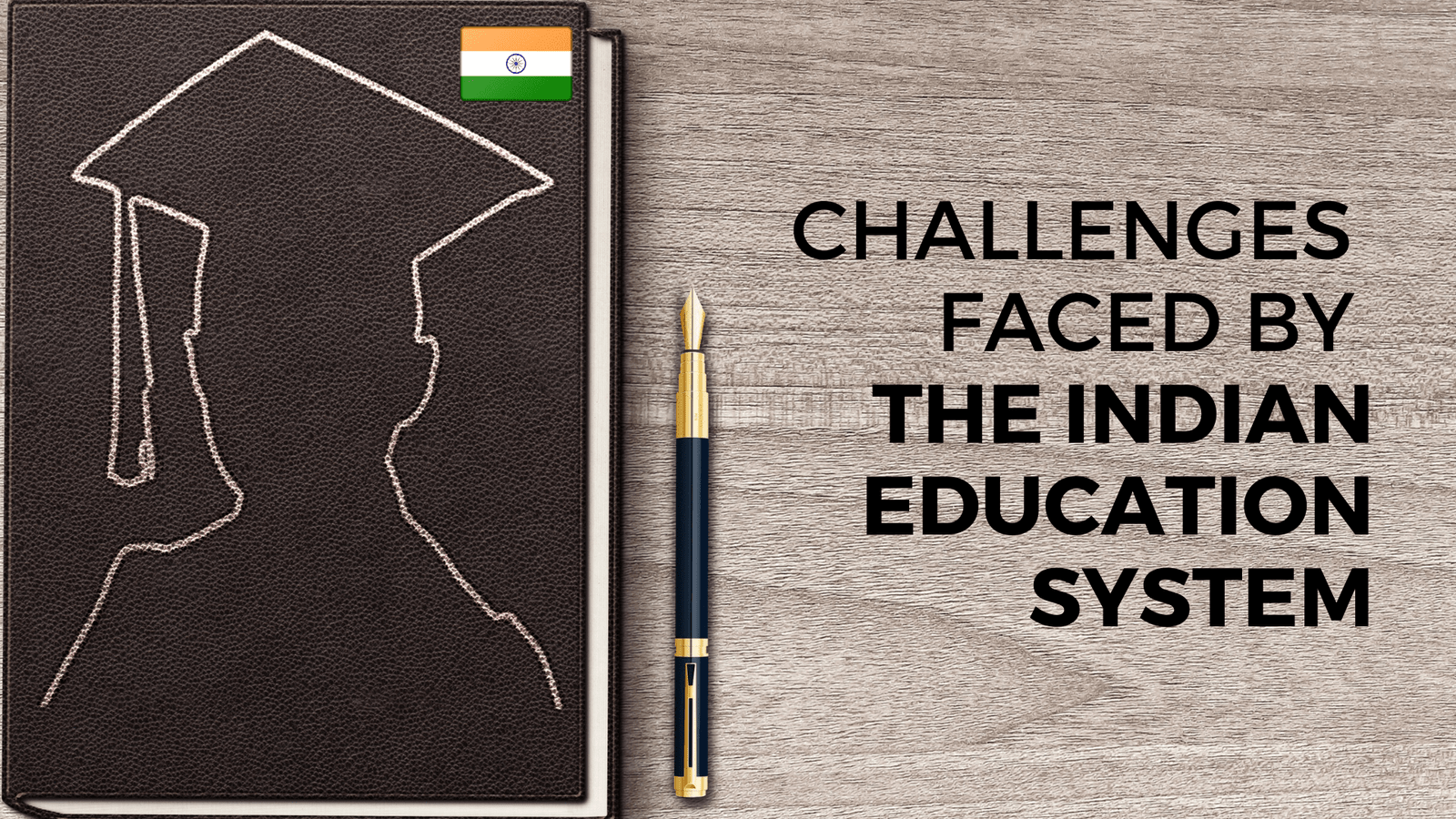India is at the crossroads of creating a leap into a higher orbit and enters the premier league of the globe based on its strong human resources from
India is at the crossroads of creating a leap into a higher orbit and enters the premier league of the globe based on its strong human resources from a large population, and 7 decades of sustained efforts to (re)establish itself in numerous sectors of economic and intellectual activity.
Indian universities are finding it tough to grab a foothold among prime 100 or prime 200 Universities of the planet. A number of the generic challenges discovered are at the level of operation or control of these universities or institutions and may serve as an input in prioritizing going ahead.
The categories of challenges are:
National Institutions
They are marquee institutions with the most severe competition for admission into them. They’re very well provided for in terms of laboratory infrastructure, campus amenities, faculty quality, student competency, an international reputation, good administrations, broad functional autonomy and requisite Government support.
However, they still lag international peers in varied ranking systems thanks to an absence of quantity in Quality research output, overburdening of their teachers in class load because of severely increased student numbers arising out of regulatory prescriptions for social equity in access, inability to draw in sufficient Indian faculty because of massive and continuing brain drain of the best UG, PG and PhD graduates abroad for better economic and professional opportunities and lesser international student enrollments or international faculty on their roles.
They’re conjointly yet to go for important linkages and collaborations with native industry and national research
establishments in solving issues and problems affecting local and rural populations and innovations for their better future and presently providing a significant component of human resources for the best of the business and academia in Western Nations.
State government universities
Generally speaking, universities operated by State Governments (i.e. Provincial Governments) corruption in terms of faculty and employees Appointments, laggardness on the a part of faculty (in permanent positions till retirement at around sixty years) in being even marginally active in research and displaying strong teaching motivation and caste-based alignments in appointments, affiliations and governance appear to be necessary challenges. These challenges persist despite them providing state-subsidized reasonable education to meritable students that clear numerous entrance exams or different assessment schemes.
Whereas Central Government concerning about their operational potency, it’s not too straightforward for them to intervene because of the federal Structure of Indian Democracy, where Provincial Governments relish a definite degree of autonomy in all aspects.
But below-par environments in some such universities along with structures, philosophies and practices are undergoing serious reform last few years in States like Bihar, Jharkhand, and Chhattisgarh with the realization of the importance of quality mind-sets and practices with integrity in all aspects of Governance and Administration.
State private universities
As already mentioned, although they’re established in tons of in the last two decades by totally different State Governments, they suffer from moderate to very serious credibility problems in terms of their operational qualities and application of effective processes in meeting expected outcomes.
The relative autonomy they relish compared to private colleges affiliated to state universities is, however, to be realized for their future growth and utilization of their potential.
Recently, a couple of them like Manipal, BITS-Pilani are given even a much larger degree of autonomy by recognizing them as institutions of Eminence (along with the National institutions or of National Importance IISc and IIT-Delhi and IIT-Bombay) based on their decades long history of standardized processes and looking for bigger outcomes.
The worst of them are guided solely by financial motives for the entrepreneurs that entered education enterprise without any future outlook or awareness of its complexity and they also are those that notice it tough to sustain operations because of poor graduate output that generates negative feedback for them.
Private colleges affiliated to universities
Generally speaking, they’re yoked to State Govt Universities in all aspects of programme, Admission Criteria and Processes, Assessment and analysis Patterns, examination conduct, and with some oversight in the appointment of faculty.
Despite such stipulations, some or several of those colleges are under performing and unable to draw in sustainable enrollment, and every year, hundreds are being closed by Statutory Councils because of severe issues of overall quality, staffing strength, graduate employ ability or knowledge levels.
Autonomous colleges relish a much better autonomy than affiliated colleges, and the best of them are given Autonomous status upon meeting certain criteria. The problem of corruption in State Universities naturally flows into the affiliated non-public colleges.


COMMENTS